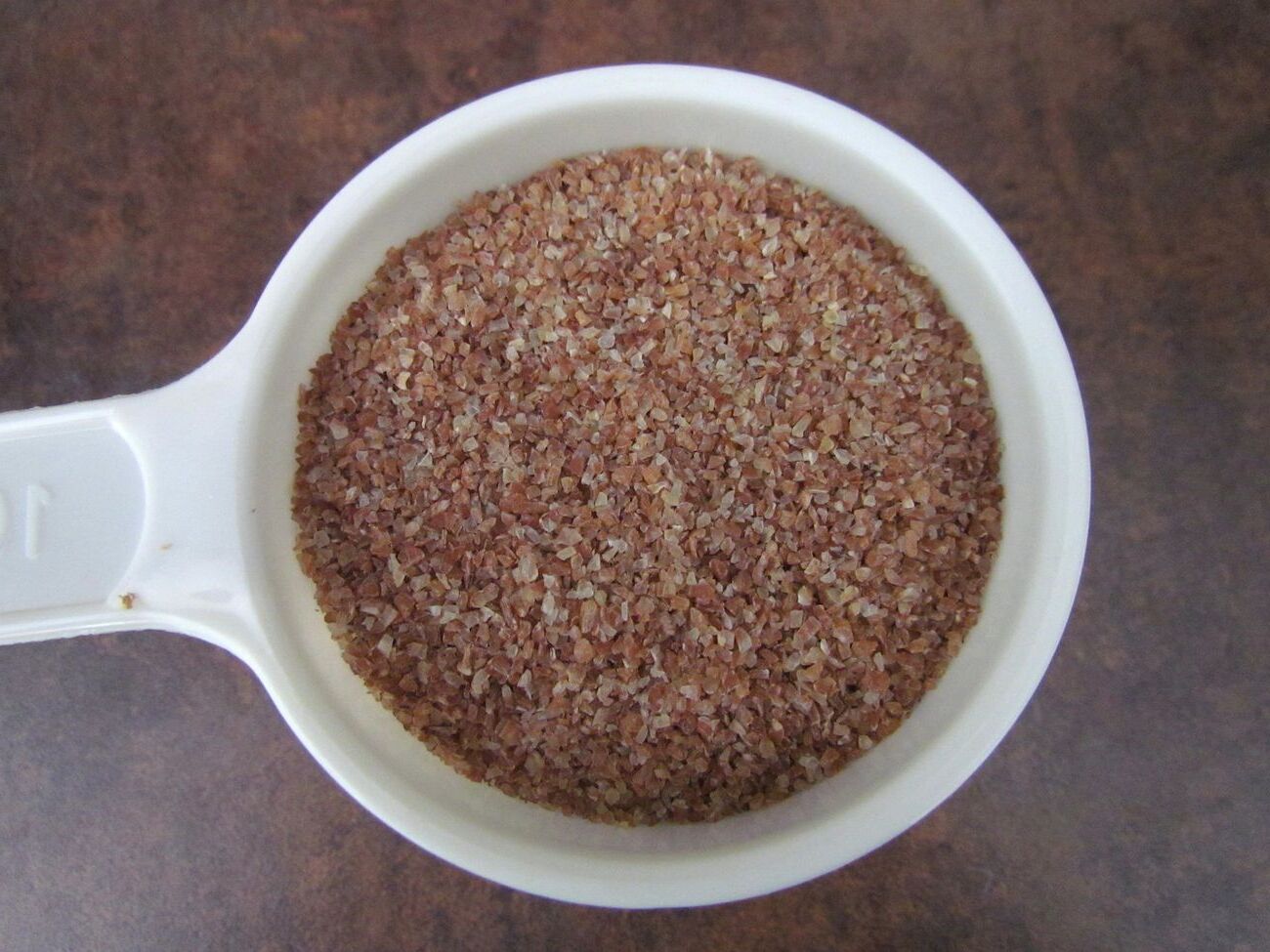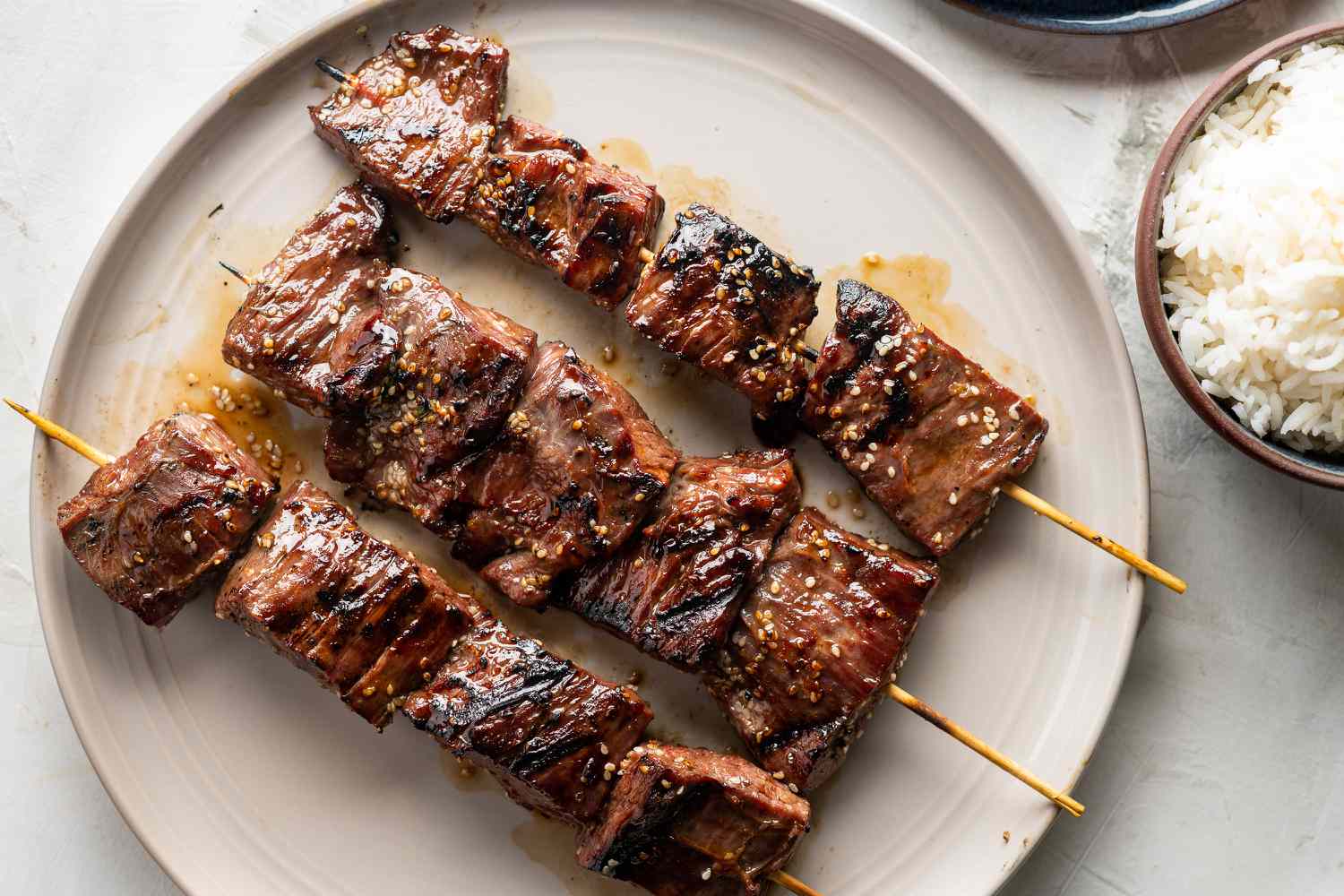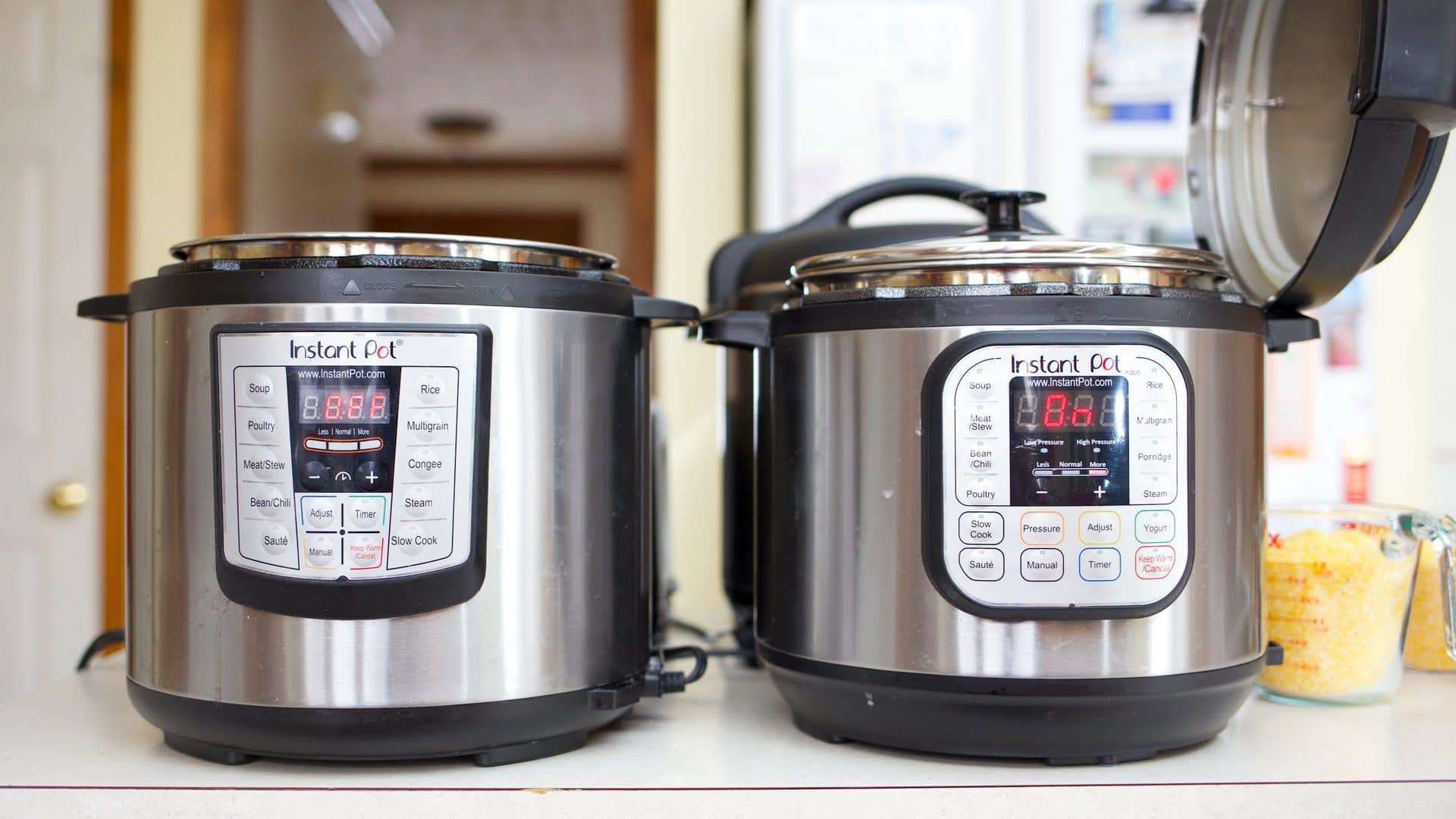Understanding Dry Cheese: A Guide to this Unique Dairy Product
When it comes to cheese, most people are familiar with the creamy, gooey textures of varieties like cheddar, mozzarella, and brie. However, there’s a lesser-known type of cheese that offers a completely different experience – dry cheese. In this article, we’ll explore what dry cheese is, how it’s made, and some popular types to try.
What is Dry Cheese?
Dry cheese, as the name suggests, is a type of cheese that has a low moisture content. This results in a firm, crumbly texture that sets it apart from the more common soft and creamy cheeses. The reduced moisture content gives dry cheese a longer shelf life and a more concentrated flavor profile.
How is Dry Cheese Made?
The process of making dry cheese begins with curdling milk to separate the curds from the whey. Once the curds are formed, they are pressed to remove excess moisture, resulting in a drier texture. The cheese is then aged for a period of time, allowing its flavors to develop and intensify.
Popular Types of Dry Cheese
There are several varieties of dry cheese, each with its own unique characteristics and flavor profiles. Some popular types include:
- Parmesan: A hard, granular cheese with a nutty, savory flavor. Parmesan is often grated and used as a topping for pasta dishes and salads.
- Pecorino Romano: Hailing from Italy, this cheese is made from sheep’s milk and has a sharp, salty taste. It’s a popular choice for grating over pasta and soups.
- Asiago: This Italian cheese comes in two varieties – fresh and aged. The aged version, known as Asiago d’allevo, has a dry, crumbly texture and a rich, nutty flavor.
- Grana Padano: Similar to Parmesan, Grana Padano is a hard, grainy cheese with a milder flavor. It’s often used in cooking or enjoyed on its own as a snack.
Ways to Enjoy Dry Cheese
Due to its concentrated flavor and crumbly texture, dry cheese can be enjoyed in a variety of ways. Here are some popular ways to incorporate dry cheese into your meals:
- Grated over pasta dishes for a burst of umami flavor
- Served alongside fruits and nuts as part of a cheese board
- Melted into a crispy topping for casseroles and gratins
- Sprinkled over salads to add a savory element
Final Thoughts
Dry cheese may not be as well-known as its softer counterparts, but its unique texture and intense flavor make it a standout in the world of cheese. Whether grated over a steaming bowl of pasta or enjoyed on its own, dry cheese offers a delightful culinary experience that’s worth exploring.
Next time you’re at the cheese counter, consider picking up a wedge of dry cheese to add a new dimension to your meals. You might just discover a new favorite to elevate your culinary creations.
Was this page helpful?
Read Next: What Is The Best DQ Blizzard











